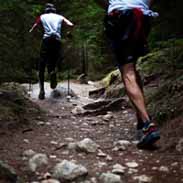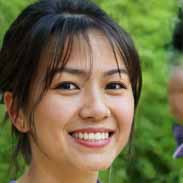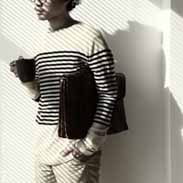Fluid And Electrolyte Balance Flashcards, test questions and answers
Discover flashcards, test exam answers, and assignments to help you learn more about Fluid And Electrolyte Balance and other subjects. Don’t miss the chance to use them for more effective college education. Use our database of questions and answers on Fluid And Electrolyte Balance and get quick solutions for your test.
What is Fluid And Electrolyte Balance?
Fluid and electrolyte balance is an important part of human physiology. It involves regulation of the amount of water, minerals, and other substances that are present in the body’s fluids. These fluids include blood, extracellular fluid, and intracellular fluid. Proper balance is essential for optimal health as it helps keep organs functioning properly, maintains acid-base balance (pH), and prevents dehydration.An imbalance in fluid or electrolyte levels can lead to a variety of symptoms including thirst, fatigue, confusion, muscle cramps, nausea or vomiting, lightheadedness or dizziness. In more serious cases it can cause organ failure and even death if not corrected quickly. To prevent such problems from occurring it is important to be mindful about what you eat and drink on a daily basis to ensure proper hydration levels. Eating foods that are high in sodium such as processed meats or canned soups may cause you to retain too much fluid in your body while not drinking enough water could lead to dehydration. Additionally various medications may alter the body’s electrolyte levels which should be monitored when taking these drugs regularly. Proper hydration is also necessary for optimal performance during physical activity as sweat losses need to be replaced with adequate amounts of fluids containing electrolytes like sodium or potassium in order for muscles to contract properly during exercise. If a person experiences any signs of dehydration during exercise they should cease activity immediately and rehydrate with water or an electrolyte containing beverage like sports drinks before continuing again at a reduced intensity level if necessary In conclusion proper maintenance of fluid and electrolyte balance is essential for good health throughout life so it’s important pay attention to your dietary habits as well as hydration status when participating in physical activities like sports or exercising regularly.






















